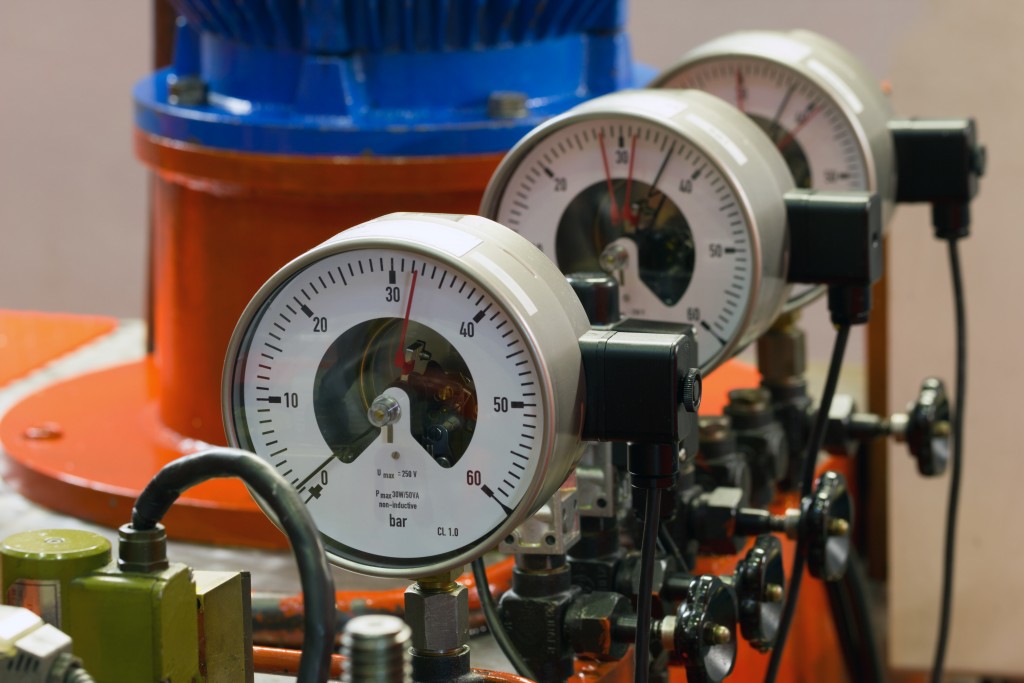Dosing is a procedure used in many industries such as medicine, textiles, and even power stations, among others. For building services, dosing is required in a variety of pumped fluid systems intended for cooling, heating, and even condensing water. The water quality in these systems is regularly checked and suited with chemicals to reach their required water quality. To help with these processes, dosing pumps, also known as metering pumps, are used in almost every facet of water and wastewater treatments. To help you choose Grundfos digital dosing pumps, here are some of the things you need to know about these advanced metering pumps.
Brief Background of Dosing Pumps
Dosing pumps are used to inject difficult-to-mix fluids or additives into pumping, mixing, or batch/tank systems. Low-volume pumps with discharge rates that can be easily controlled are utilized. Usually made of materials such as plastic or stainless steel, metering pumps usually have a controller that allows easy monitoring and adjustment of fluid flow. They are often classified into two: dynamic and positive displacement pumps. Most are positive displacement types that produce a flow intended for generating high pressures with high viscosity fluids. On the other hand, dynamic pumps are more suited for producing high flow rates with low viscosity fluids.
Introduction to Digital Dosing
Nowadays, users of dosing pumps bear witness to the influence of continued technological advancements even within this industry. Digital dosing is a new design platform that aims to simply operations while at the same time improving other factors such as control, accuracy, and cost effectiveness. The robotic premise of this innovation offers an almost limitless potential for new benefits to its users. Decades of changes on the design of dosing pumps have led to this evolved instrument—one with a level of intelligence within the actual pump, wherein flow inducement is considered a matter of measuring and controlling the amount released.
History of Digital Dosing Advancements

The first commercial dosing pump was developed by Milton and Robert Sheen of Betz Laboratories in the late 1930s. Afterwards, metering pumps were then commercially produced as chemical feed pumps during the 1940s. Over the next few decades, significant modifications were introduced to the machine, including the diaphragm, solenoid drive, and constant speed synchronous AC motor, among others. By the turn of the century, variable frequency drives, servo motors, and stepper motors were incorporated into dosing pump designs. In the 2000s, a combination of software and state-of-the-art brushless or stepper DC motors has vastly improved the intelligence of the pump’s control. This, in turn, allowed digital dosing pumps to be able to operate at full stroke lengths.
Benefits of Digital Dosing Pumps
Over the years, case studies have been conducted, looking into the benefits that digital dosing pumps bring to water and wastewater utilities in particular. In Salt Lake City, digital dosing pumps have proven to have superior quality over solenoid pumps that were used before. They also demonstrated a high turndown ratio or an accurate capacity range. This innovation also allows meeting the required treatment chemical flow range using a single pump.
Dosing pumps are essential machinery for plenty of industries, including water and wastewater treatment facilities. Over the years, however, the need for them has increased. Thankfully, technology has caught up with the essential changes necessary for their operations. This led to the development of digital dosing pumps that bring significant precision and efficiency to the industry.

